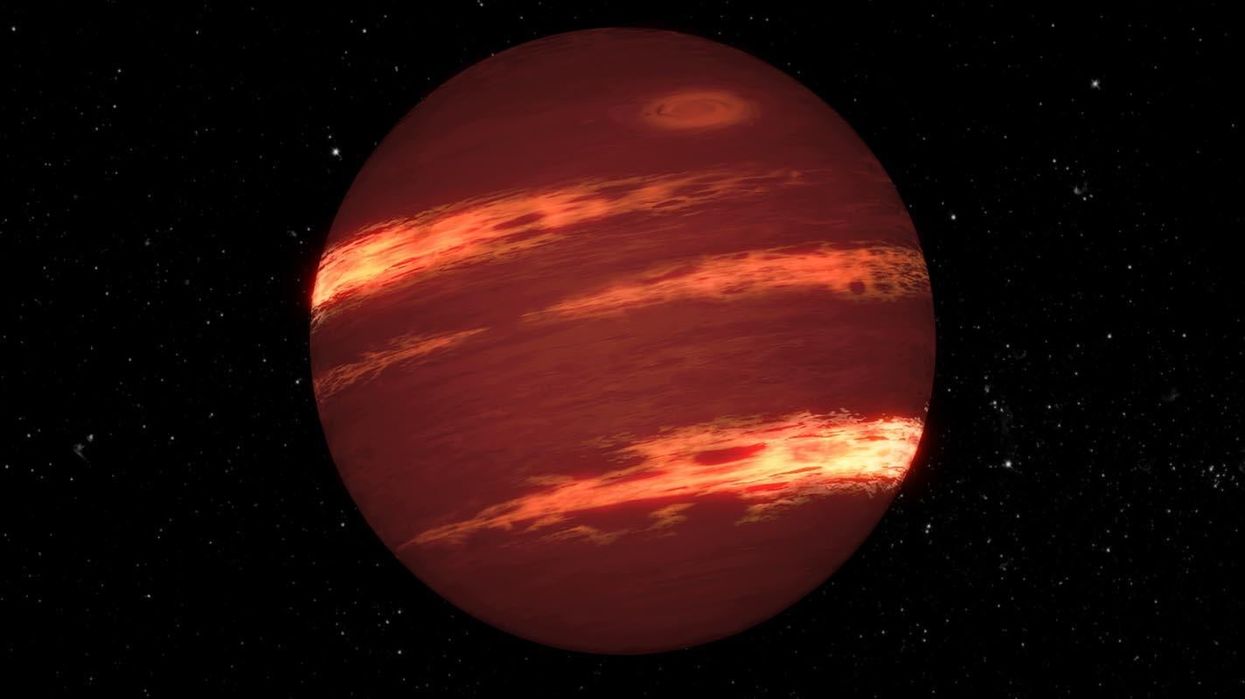
Earth is a pretty small planet, in relative terms.
Think of how large Jupiter and Saturn are in comparison and you get an idea for how small our home is.
Now, Nasa's Spitzer Space Telescope has found a new planet, called OGLE-2016-BLG-1190Lb, which is 13 times the mass of Jupiter.
It's so large that astronomers are contemplating it may not be a planet.
Researchers at a range of universities around the world have reported the discovery, which they say:
raises the question of whether such objects are really 'planets'(formed within the disks of their hosts) or 'failed stars' (low mass objects formed by gas fragmentation).
They continue:
It is precisely measured to be right at the edge of the brown dwarf desert.
This is somewhere between 13 and 14 Jupiter masses. OGLE-2016-BLG-1190Lb has about 13.4 Jupiter masses.
Since the existence of the brown dwarf desert is the signature of different formation mechanisms for stars and planets, the extremely close proximity of OGLE-2016-BLG-1190Lb to this desert raises the question of whether it is truly a 'planet' (by formation mechanism) and therefore reacts back upon its role tracing the Galactic distribution of planets, just mentioned above.
The planet is around 22,000 light years away - but further observations are encouraged to help shape our perceptions of planets, dwarf stars, and gaseous masses.
On 9 January 1992 Aleksander Wolszczan and Dale Frail announced the discovery of two planets orbiting the pulsar PSR 1257+12 , generally considered the first detection of exoplanets (a planet outside our solar system that orbits a star).
Since then, Nasa reports we have confirmed 3,550 exoplanets.
HT BGR
More: Nasa responds to fears the world is going to end today













